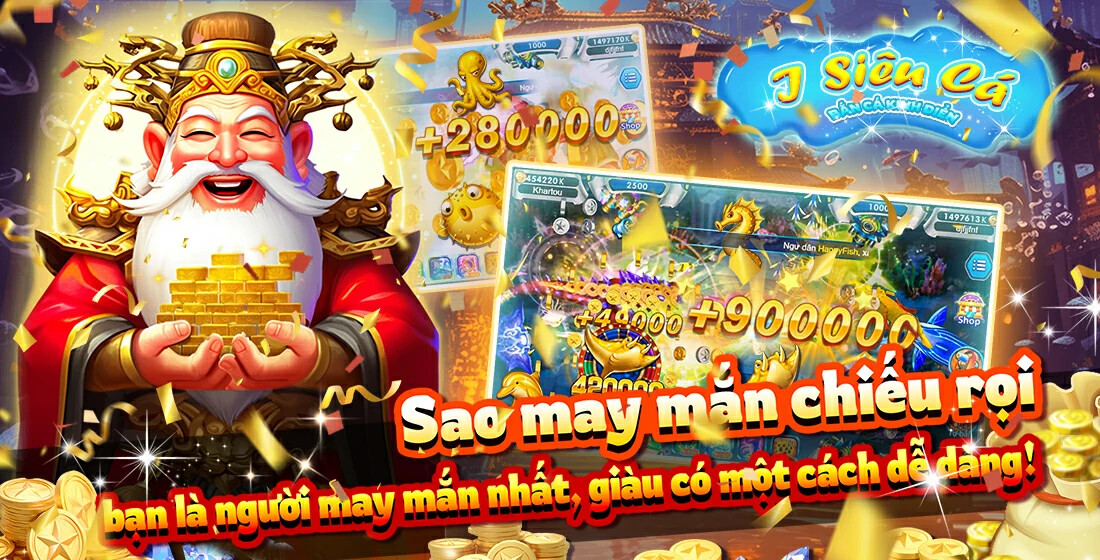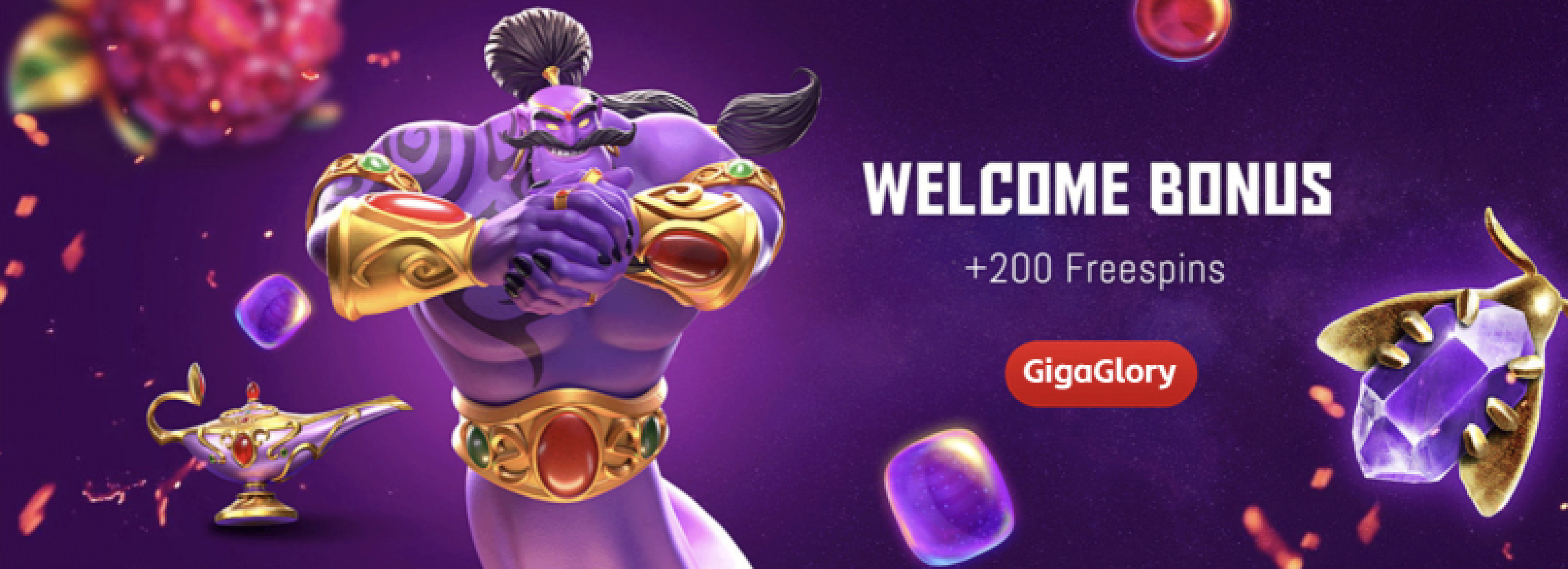Building Together: How Multiplayer City-Building Games Foster Collaboration and Creativity
In an era where gaming goes beyond mere entertainment, multiplayer city-building games have carved a unique niche that captivates players around the globe. These games are not just about constructing cities; they represent a synergy between collaboration and creativity, ultimately reshaping how gamers interact within digital landscapes. This article delves into the essence of multiplayer games, particularly focusing on city-building genres, and explores the underlying dynamics that foster creativity among players.
The Allure of Multiplayer City-Building Games
One of the key attractions of multiplayer city-building games is their immersive community experience. Players connect with friends and strangers alike, embarking on shared ventures that can lead to innovative solutions and unique urban designs. The appeal lies in the combination of creativity in designing a vibrant city while also strategizing with others. From classic titles to modern interpretations, the multiplayer aspect adds layers of engagement that single-player experiences often lack.
Key Features of Multiplayer City-Building Games
When dissecting the core components of multiplayer city-building games, several features stand out:
- Collaboration: Players often need to work together to accomplish larger goals, such as constructing communal buildings or achieving in-game events.
- Resource Sharing: Many games allow players to trade or share resources, enhancing interdependence.
- Community Events: Regular in-game events foster competition and camaraderie, driving players to engage with one another.
- Creative Expression: Players can showcase their artistic flair while building their cities, encouraging individuality and innovation.
Fostering Creativity Through Collaboration
Collaboration is a vital element that breathes life into multiplayer city-building games. Players often face challenges that require cooperative problem-solving techniques, leading to a more profound sense of fulfillment. The act of assembling a vibrant city demands inspiration drawn from multiple voices and viewpoints, making it a truly collective masterpiece.
How Collaboration Shapes Gameplay
To illustrate this, let’s consider a basic scenario from a well-known multiplayer city-building game:
| Scenario | Outcome |
|---|---|
| Two players decide to build a port. | One handles logistics while the other focuses on aesthetics. |
| Grouped players face a sudden game challenge. | Collective brainstorming leads to a rapid solution. |
As seen in the table, the synergy between players creates a dynamic environment where ingenuity thrives.
The Impact of Multiplayer Elements on Gameplay Experience
The integration of multiplayer aspects significantly alters the gameplay experience. But how does this mechanism enhance creativity? Below are some insights:
- Increased Motivation: Knowing that others are engaged in the same endeavor motivates players to put forth their best efforts.
- Diverse Perspectives: Collaborating with individuals from varied backgrounds introduces unique ideas and strategies.
- Encouragement and Feedback: Players receive instant feedback on their designs, which helps refine their creative processes.
The Social Fabric of Multiplayer Games
At the heart of multiplayer city-building games lies a robust social fabric. Players forge friendships and networking connections that often spill over into real life. This social interaction extends beyond the boundaries of the game:
- **Creating Forums:** Many players establish community forums to exchange ideas and tips.
- **Gaming Events:** Events can take place both online and offline, fostering deeper connections.
- **Cooperative Ventures:** Players often collaborate on special projects within the game world.
Lessons from Other Game Genres
While focusing on city-building titles, it’s beneficial to consider the lessons learned from other popular genres such as RPG games, particularly on platforms like Nintendo 3DS. Here’s what can be gleaned:
Lessons Learned from RPG Games
Among various insights, some noteworthy elements include:
- Character development encourages players to form emotional attachments.
- Storytelling can enrich the gaming experience, leading to immersive worlds.
- Customization options allow for personal expression, which city-building games can emulate.
Challenges within Multiplayer City-Building Games
Even within a collaborative framework, challenges exist. From resource management to creative differences, navigating these obstacles requires tact:
- Resource Disparity: Not all players have equal access to resources, which can create tension.
- Conflict Resolution: Creative disputes may arise, requiring players to find common ground.
Effective Strategies for Overcoming Challenges
Implementing effective strategies can minimize conflict and foster positive collaborations:
- **Open Communication:** Establishing clear channels for expressing thoughts and concerns can support resolution.
- **Setting Goals Together:** Working on common objectives fosters unity among players.
Conclusion
Multiplayer city-building games are more than simple digital experiences; they are thriving environments for collaboration and creativity. By engaging with others, players not only construct impressive cities but also foster community, innovate through shared ideas, and cultivate friendships. Reflecting on the holistic gameplay experience sheds light on how significantly social interaction influences motivation and creative outcomes. As gaming evolves, the bonds formed in the digital realm will undoubtedly continue to enhance our understanding of collaboration and creativity.
FAQs
Q: What are some popular multiplayer city-building games?
A: Well-known titles include "SimCity," "Cities: Skylines," and "Township."
Q: How do players typically collaborate in these games?
A: Players often share resources, work on community projects, and engage in events that require teamwork.
Q: Can you share a funny story related to candy crash games?
A: While this article primarily focuses on city-building titles, it’s not uncommon to find humorous moments in competitive gaming environments like "Candy Crush," where unexpected challenges lead to both laughter and frustration!



